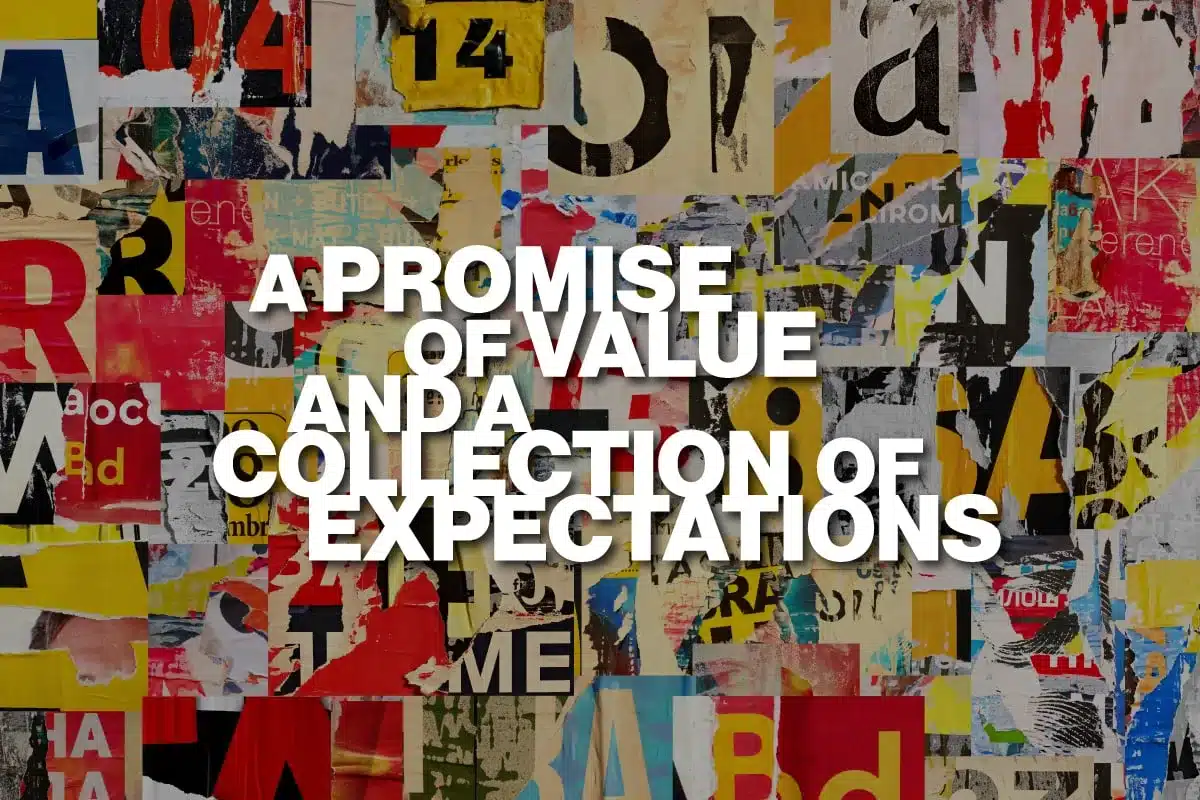You spend thirty years in the design and advertising world, you see a lot of brands come and go. Some arrive with a bang—shiny logos, “mission statements” workshopped to death, and a rollout strategy that lands with all the excitement of the Stanley Cup Parade, minus the actual cup. Others fade out quietly, like a snowbank in April—melting away until nobody remembers what the fuss was about.
Here’s a truth I learned early, sitting across from some of the best brand developers in Canada (maybe the world), people who mentored me before the term “brand strategist” was a LinkedIn cliché: branding isn’t about the logo. Never was. A logo is a flag, sure. Maybe a promise. But it’s not the feeling you get walking into your local coffee shop when the barista starts your double-double before you open your mouth. It’s not the jolt of recognition from a decades-old jingle, or the wave of nostalgia from a long-gone cereal box. Branding isn’t design. Branding is weather—it’s the climate you build, not just the sign on your door.
Most designers—hell, most agencies—never get past the surface. And that’s fine. There’s no shame in being a top-tier brand polisher, kerning every letter, tweaking the blue until it’s just the right shade of corporate trust. But there’s a dramatic difference between brand and brand design. A brand is emotional. It’s behavioural. It’s everything that happens after the new logo smell has faded and you’re left with the reality of living up to what you promised.
I’ve defined a brand, after all these years, as “a promise of value and a collection of expectations.” If that sounds clinical, well, it is. But here’s the creative spin: it’s the gap between who you say you are and how you actually show up—every single day. If you close your eyes and think about the brands you love, you’ll see it’s not the colours or the font, but the feeling, the pattern of behaviour, the stories they keep delivering.
I’ve always helped people understand brand by talking about people—because, as a self-declared Olympic-level people watcher, I know that everyone is, in their own way, a brand. You walk into a room, and some people light it up; others fade into the woodwork. The friends you keep, the colleagues you trust, even the folks you avoid at the annual barbecue—they all have brand qualities. Like attracts like, and those with shared values and energy tend to find each other, whether it’s in business or over a cold beer after work.
Take BC Ferries, for example. Nobody’s day is made by a rainy ferry ride—unless that ferry means “home.” What we uncovered wasn’t a symbol or a slogan, but a collection of expectations: safety, reliability, comfort, a certain West Coast humility. That’s a brand, whether it’s painted on the hull or passed down in a story.
I love the science of branding—the research, the archetypes, the psychology. But I love the mess even more. Because a brand is what happens when you deliver on your promise, or fail to. It’s how your staff joke about your latest campaign, how you show up when a customer is having the worst day of their life, and the stories your community tells about you when you’re not in the room. It’s human, it’s unpredictable, and it’s never just a logo.
Brand is the weather you make—sometimes warm and welcoming, sometimes a cold snap in July that wakes people up and makes them remember. You can’t fake it, and you can’t story-tell your way out of being boring. The best brands don’t just survive; they adapt, they listen, and when they screw up, they say sorry and mean it. (Very Canadian, really.)
So next time someone says they need a “rebrand,” I ask them: “Are you looking for a new logo or a new climate?” Because a flag is easy. Living up to a promise, now that’s the real work.
Here’s to every brand that’s more than just a pretty face. Here’s to the weather you create, the promises you keep, and the tribe of like-minded people who find you because of who you really are.











0 Comments